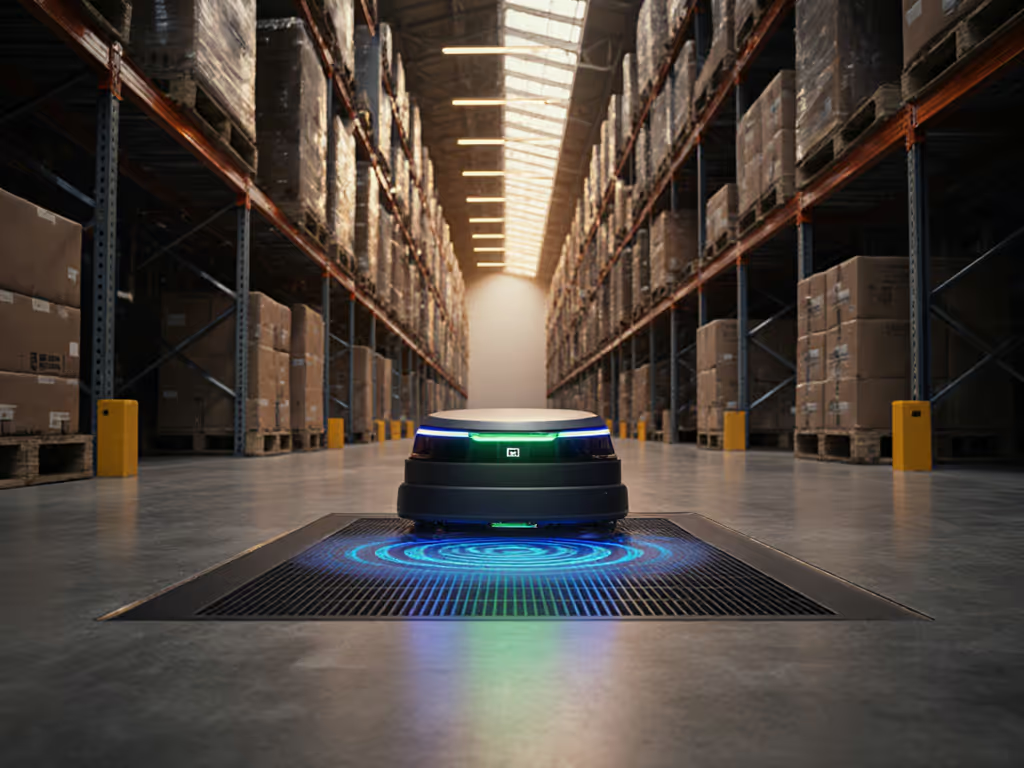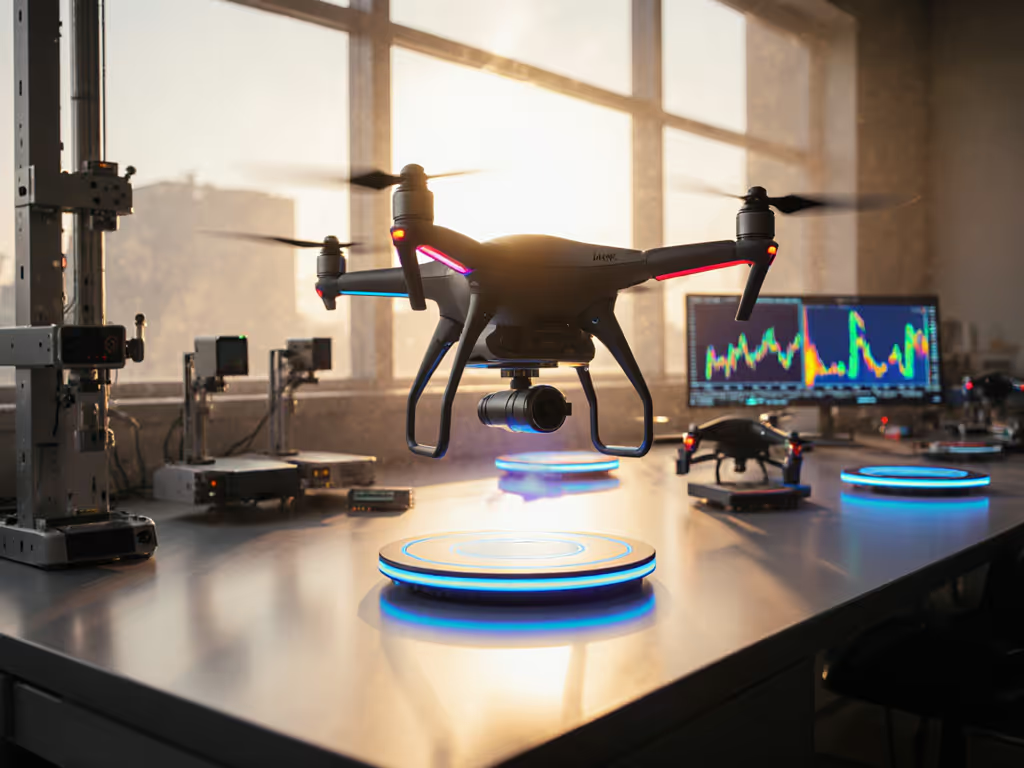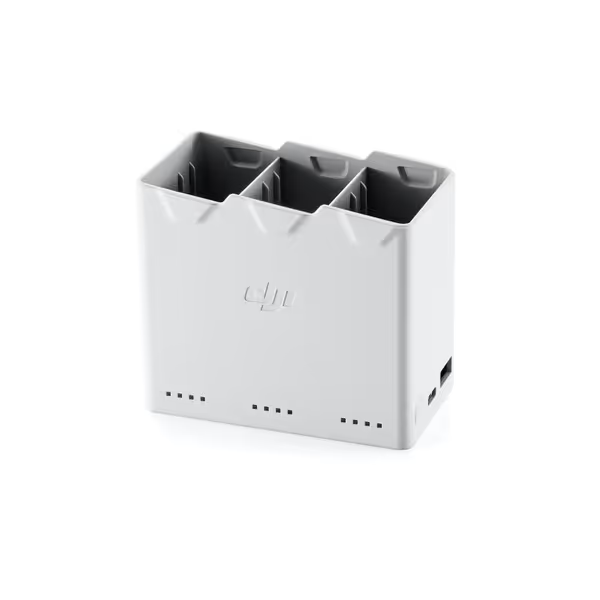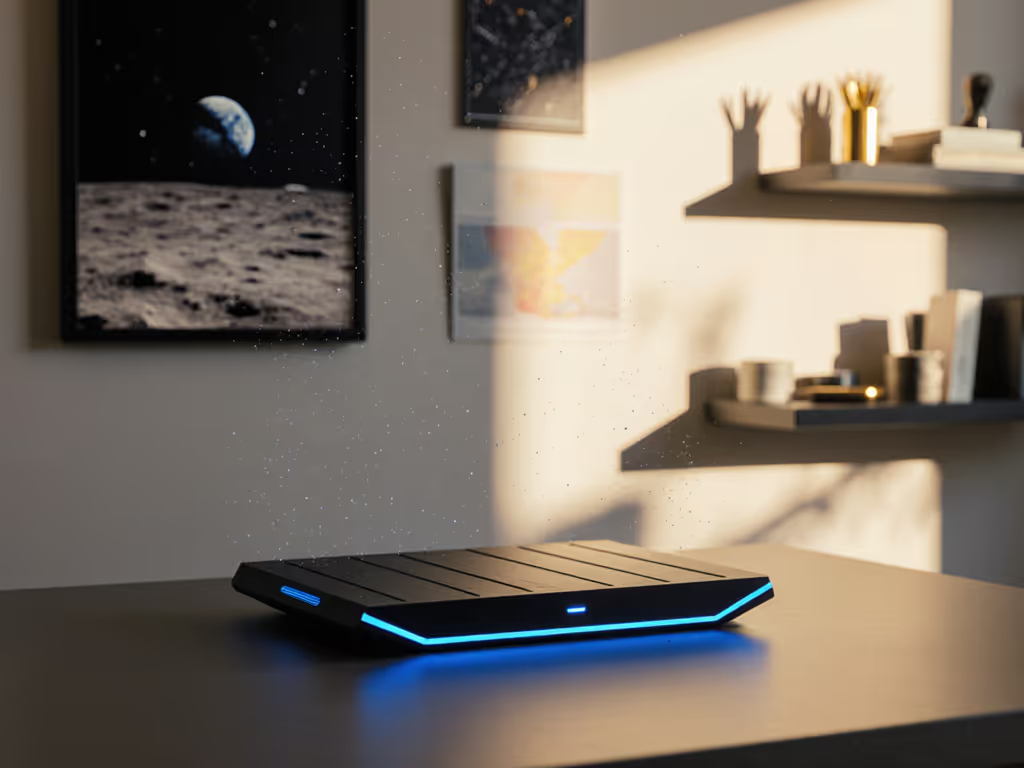
Drone Wireless Charging Showdown: Efficiency vs Practicality

Wireless charging promises to unlock continuous drone operations by eliminating battery-swapping downtime. Yet beneath the hype, a fundamental tension exists: high-efficiency systems often sacrifice real-world practicality, while user-friendly solutions grapple with energy losses. This analysis cuts through marketing claims (from laboratory prototypes to field-tested hardware) and measures them against the demands of commercial pilots, industrial operators, and regulatory realities. We prioritize independently verified efficiency metrics, durability certifications, and total cost of ownership over theoretical specs.
Technical Foundations of Drone Wireless Charging
Wireless power transfer for drones primarily uses magnetic resonance coupling, operating at frequencies like 13.56 MHz to transmit energy across air gaps. Efficiency hinges on:
- Coil alignment precision: Misalignment beyond 25 mm can halve efficiency[2].
- Transmission distance: Hovering systems typically work at less than 30 cm, while GET Corp's long-range tech achieves multi-meter transfer[1].
- Frequency stability: Systems like PT-symmetric controllers maintain consistent output despite coupling variations[6].
Laboratory prototypes achieve 60-80% efficiency under optimal conditions[2][6], but real-world factors like wind drift, temperature, and electromagnetic interference can introduce significant losses. For measured impacts of heat on real-world charge rates, see our wireless charging speed test.
Efficiency Frontiers: Research vs Reality
High-Efficiency Lab Systems
Parity-Time (PT) symmetric systems represent the efficiency pinnacle, using nonlinear gain saturation to maintain:
- Constant power output despite coupling fluctuations[6]
- Greater than 75% efficiency without real-time feedback controls[4] However, these systems remain confined to academic research due to complex circuitry and sensitivity to environmental variables.
Field-Deployed Solutions
Industrial implementations prioritize robustness over peak efficiency:
- GET Air Turnkey: Uses safe, long-range transmission for indefinite drone flight but operates at ~50% efficiency[1].
- Powermat's Docking Stations: Focus on environmental sealing and misalignment tolerance while sustaining 55-65% efficiency[3].
Tradeoff Insight: Every 10% efficiency gain typically doubles system complexity and cost. Industrial operators often accept 50-60% efficiency for reliability.
Practicality Constraints in Real Deployments
Charging Method Comparison
| Parameter | Landing Systems | Hovering Systems |
|---|---|---|
| Alignment Tolerance | High (5-10 cm) | Low (<3 cm)[4] |
| Mechanical Wear | High (landing gear stress) | None |
| Weather Resistance | Vulnerable to debris/ice | Immune to ground conditions |
| Infrastructure Cost | $500-$2k/station | $3k-$10k/transmitter |
Critical Deployment Hurdles
- Thermal Management: Wireless charging generates 20-40% waste heat, demanding active cooling that is incompatible with lightweight drone designs[4].
- Electromagnetic Interference: Systems must pass FCC/CE certification without disrupting drone navigation sensors[3][7].
- Weight Penalty: Receiving coils add 80-150 g, reducing flight time by 12-18% if not offset by charging benefits[7]. If thermal limits are your bottleneck, dive into the science behind heat and safety for mitigation strategies.
Commercial Solutions: Today's Best Compromises
DJI 30W USB-C Two-Way Charging Hub

DJI 30W USB-C Two-Way Charging Hub
Efficiency-Practicality Balance:
- Charges 3 batteries sequentially at 89% wired efficiency
- Doubles as power bank (practical for field ops)
- Zero wireless efficiency loss (wired only) Verdict: Ideal for DJI Mini operators needing rapid battery rotation without wireless complexity.
Hanatora Multi-Battery Charger (Parrot Anafi)
Operational Advantages:
- Car-compatible charging (DC 10-16 V input)
- Charges 3 batteries + controller in 70 minutes
- IP54 dust/water resistance Limitation: Wired only; no actual wireless capability. Verdict: Best for Parrot fleets requiring rugged, multi-battery support.
The Road Ahead: Bridging the Gap
Emerging solutions aim to reconcile efficiency and practicality: For multi-meter and room-scale options, explore our far-field wireless charging guide.
- Dynamic Parameter Tuning: Real-time frequency/voltage adjustment during hover[4]
- Hybrid Systems: Short-contact charging during automated landing (0.5 sec contact)
- GET Corp's Urban Networks: Cell-tower-style power grids enable citywide drone coverage[1]
Verdict and Actionable Steps
For most operators, wired charging hubs like the DJI and Hanatora deliver the best practical value today, avoiding wireless tech's efficiency-tax and complexity. For a broader comparison, see wireless vs wired charging to understand trade-offs in daily use. Deploy wireless only if:
- Your workflow requires continuous flight (>4 hours)
- Infrastructure supports transmitter placement at key waypoints
- Budget allows 30-50% efficiency loss versus wired systems
Next Step: Audit your drone's daily flight patterns. If more than 25% of operational time involves battery swaps, test wireless charging with a pilot station at high-activity nodes. For others, high-speed wired hubs remain the cost-effective choice. Pay for watts delivered, not for theoretical specs.




